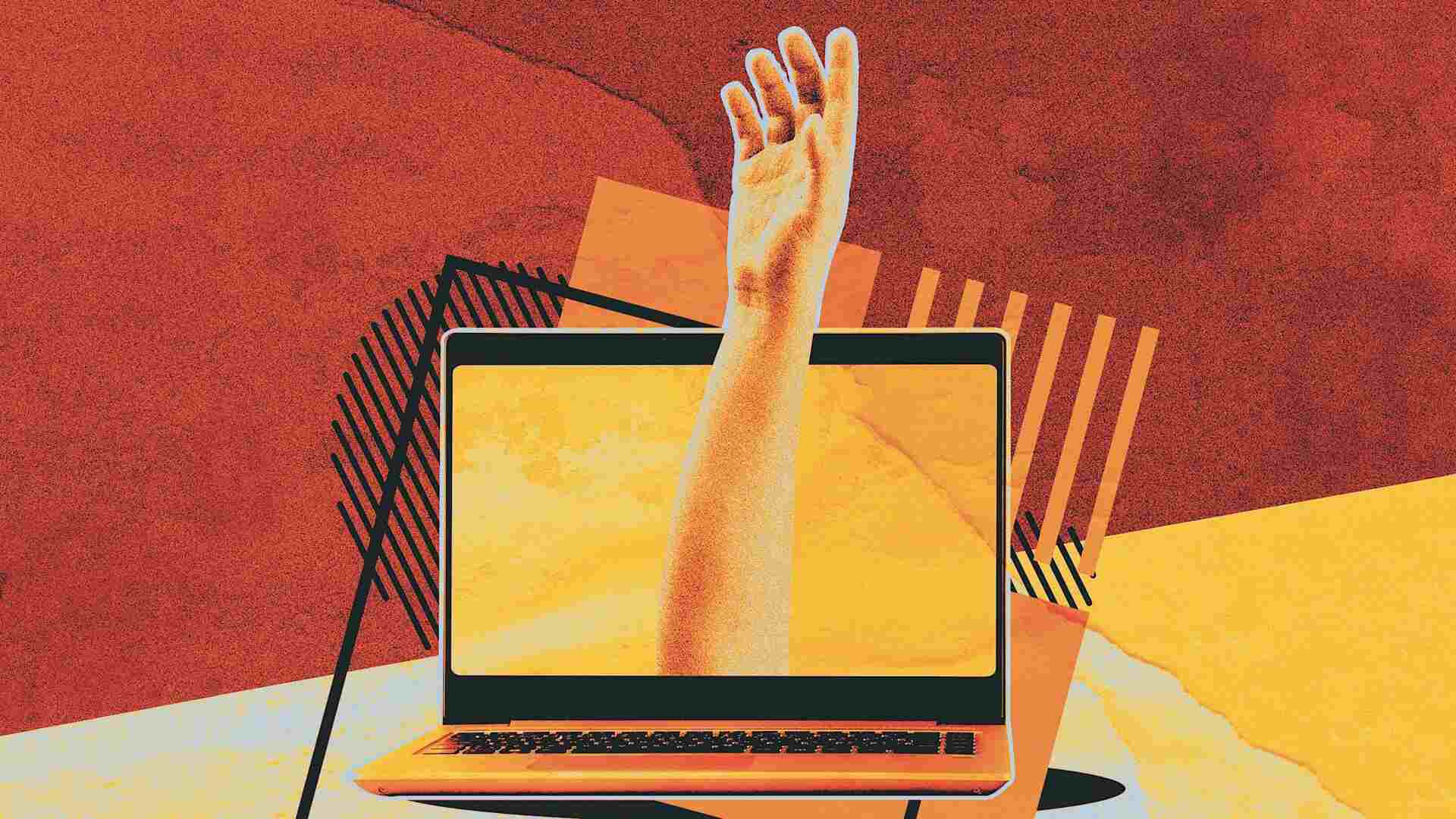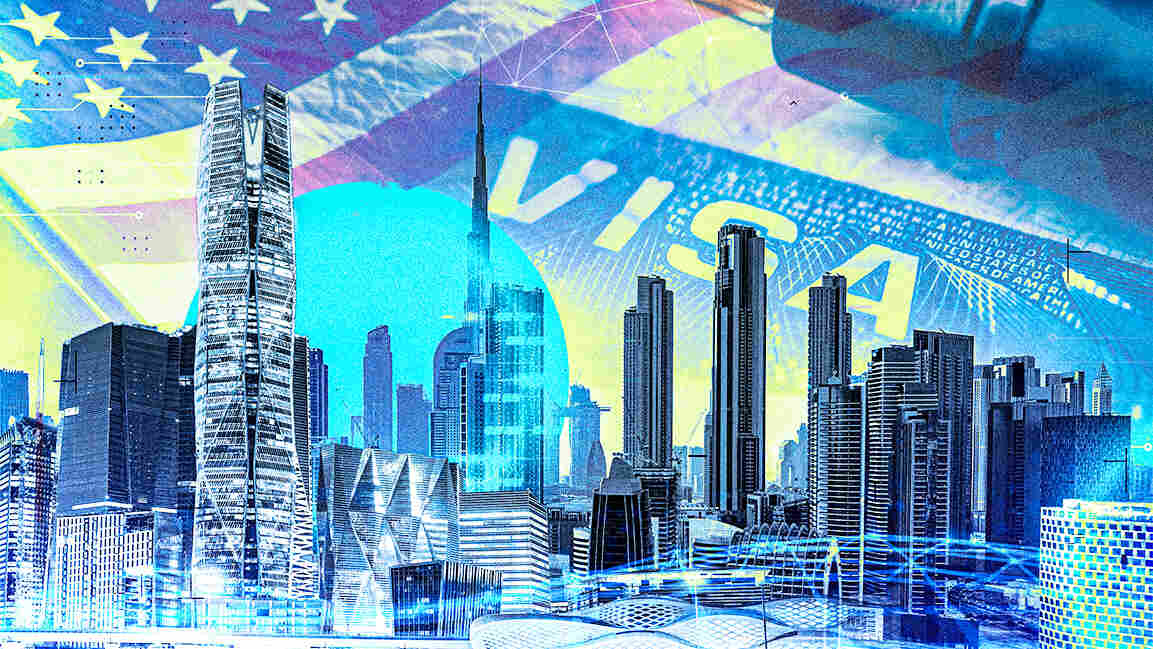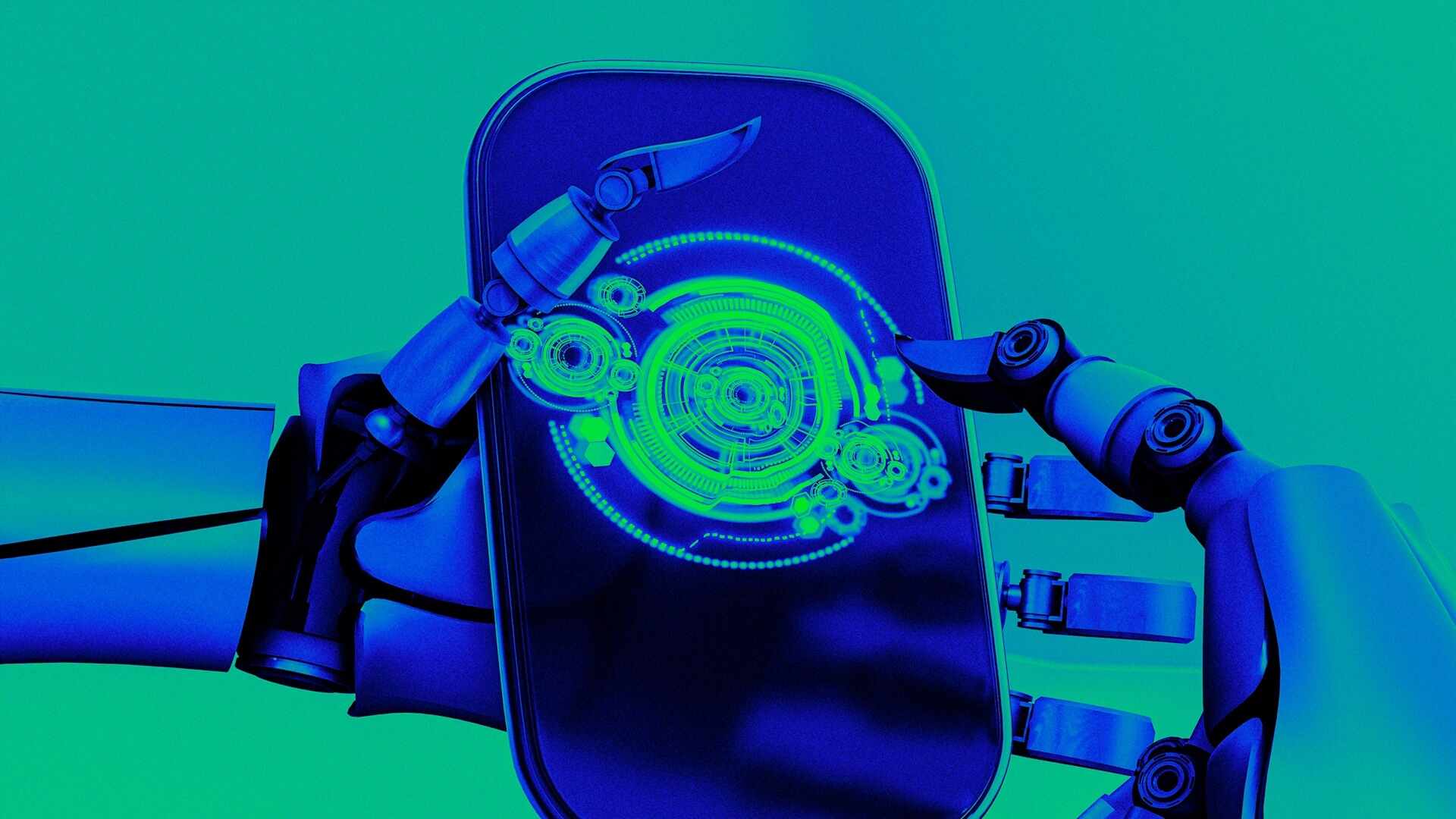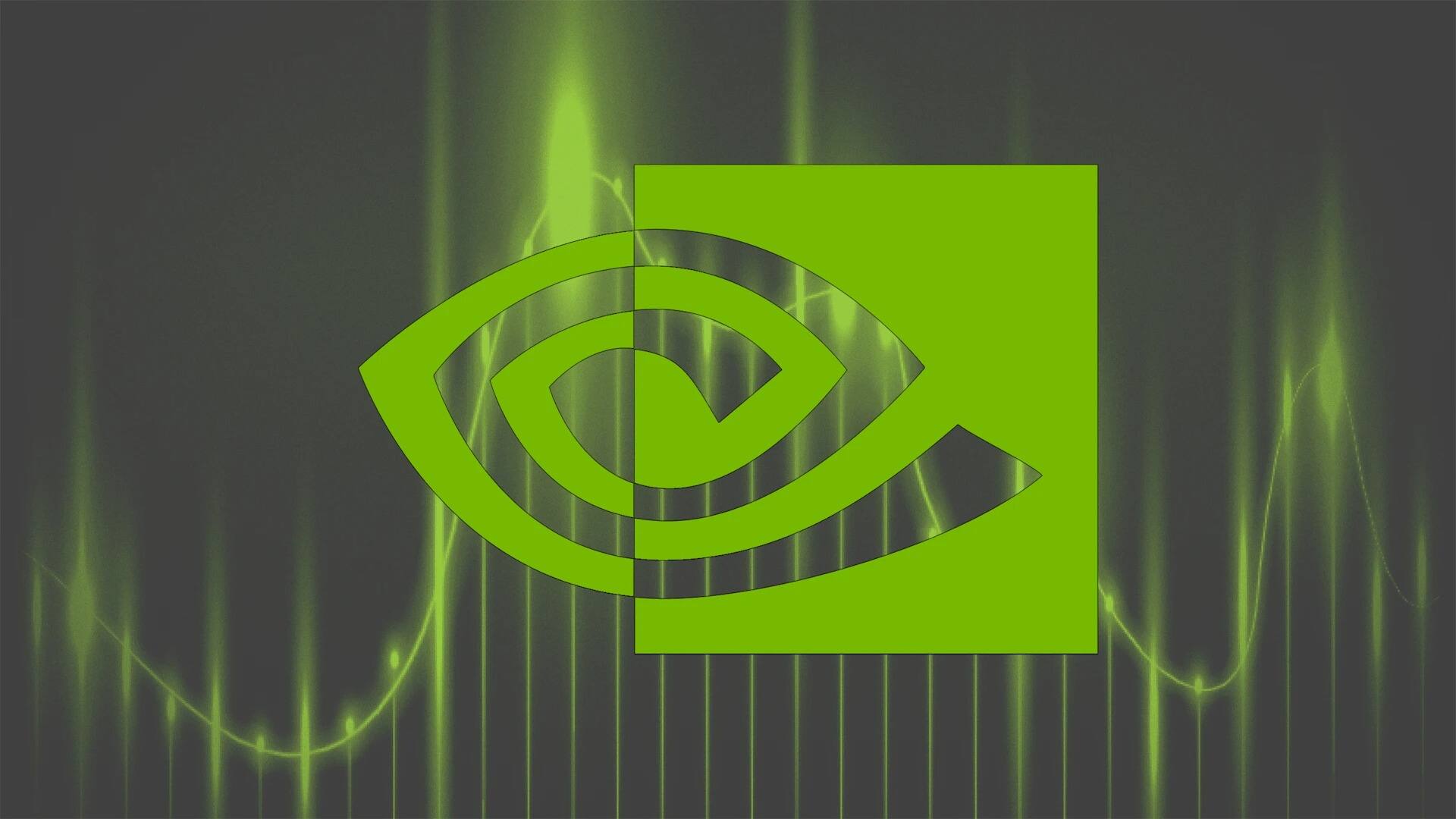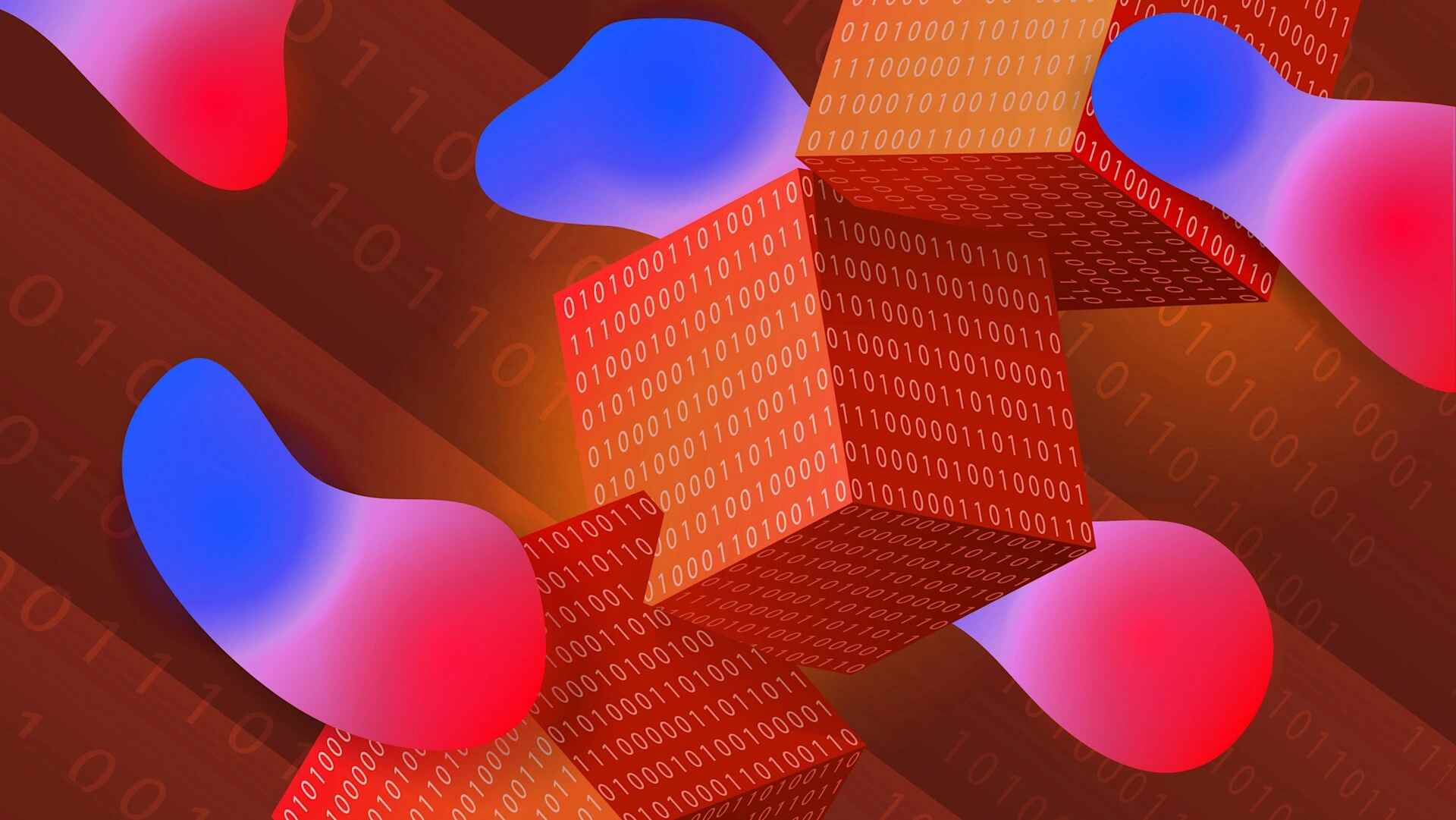- | 9:00 am
From Khan Academy to Skibidi Toilet: The inside story of how YouTube’s creators saved the platform
In part four of our five-part series, Rebecca Black, iJustine, Felicia Day, Casey Neistat, Sal Khan, and other early YouTube creators reveal what it was like to break through—before the slop came.
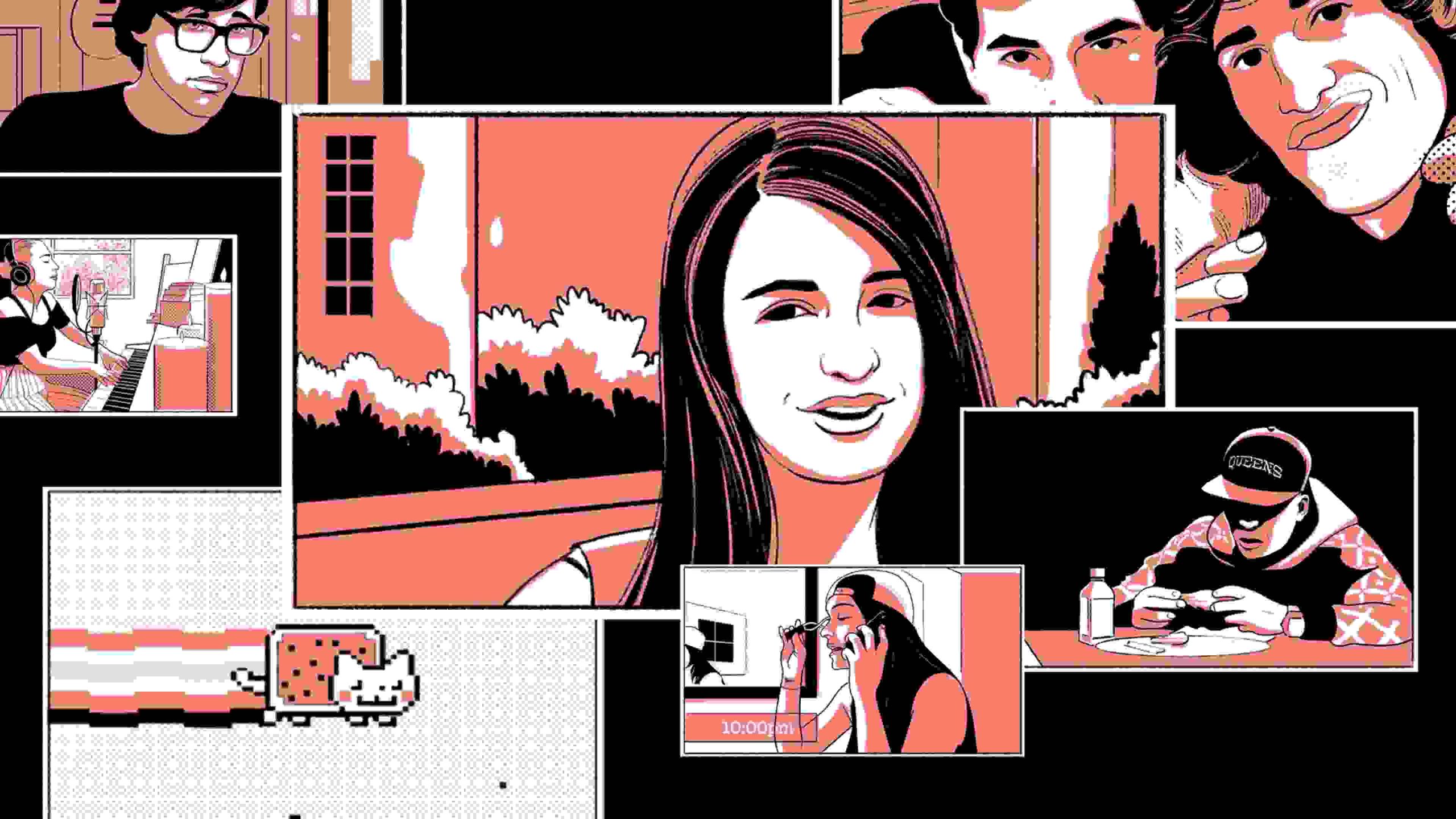
In part four of How YouTube Ate TV, Fast Company’s oral history of YouTube, insiders describe how the company’s Partner Program began sharing ad revenue with creators, kicking off the age of the professional YouTuber. As monetization transformed the platform, creators faced the newfangled challenges of managing fame in the viral video age. YouTube, meanwhile, wrestled with hate speech and other unsavory content.
With YouTube increasingly competing with TV in its classic form, it also spent billions to bring one of broadcasting’s most iconic offerings—the NFL—on board.
Comments have been edited for length and clarity.
Read more How YouTube Ate TV
Part one: YouTube failed as a dating site. This one change altered its fortunes forever
Part two: Pit bulls, rats, and 2 circling sharks: The inside story of Google buying YouTube
Part three: How YouTube went from money pit to money printer
Ian Hecox, cocreator (with his high school friend Anthony Padilla) of the comedy duo Smosh: We were one of the first 10 channels on YouTube to get monetization [in 2007]. That allowed us to move out of our parents’ houses and into a house where we lived and worked for multiple years.
Shishir Mehrotra, YouTube chief product officer/CTO (2008–2014): At first you had to know somebody to get into the Partner Program. The choice to open it up in 2009 was big. It was heavily motivated by our interaction with Sal Khan and Khan Academy, and how important it was to support creators like that.
Salman Khan, founder of Khan Academy, the pioneering maker of educational videos: I think I got on YouTube’s radar because of [Mehrotra]. He’s a close friend. He used to say, “You know, Sal, I checked your viewership. If you turned your ads on, you could maybe make a living off of this.”
Mehrotra: Of every dollar that came in [to YouTube], 55 cents went right back out [to creators]. That was a promise we were willing to make. It was a very hard decision at a time when we were losing a lot of money.
Justine “iJustine” Ezarik, YouTuber: The first few years, I wasn’t making a lot of money. But then the YouTube Partner Program came along. And then the brand deals started coming.
Zahavah Levine, YouTube general counsel, chief counsel (2006–2011): Paying this new generation of YouTube creators—who developed content specifically for YouTube—led to an entirely new ecosystem for unknown performers and filmmakers by giving these artists new ways to promote their work to a global audience and rise to fame.
Meanwhile, YouTube’s cultural influence was still surging.
Kevin Allocca, YouTube culture and trends executive (2010–present): In 2010, you had Double Rainbow and Auto-Tune the News. Some of the Lonely Island stuff from Saturday Night Live was popping as well. In 2011, you had Rebecca Black and Nyan Cat. It was kind of the peak viral video era.
The parents of unknown 13-year-old singer Rebecca Black paid $4,000 to produce a video of her song “Friday.” It got about 1,000 views in its first month on YouTube—and then, after going viral, racked up 167 million more in four months.
Rebecca Black, singer: “Friday” was never intended to be a part of the internet. The idea of it being [seen] by anyone more than my family and the people I was making it with was the furthest thing from my mind.
Allocca: The things that were viral at that point were the ones that people were sharing across different social media platforms or that were being embedded across all the big blogs.
Though Black’s song hit the Billboard charts, it was widely mocked online, and she was targeted for harassment, including death threats.
Black: The idea of putting yourself out there, for me as a kid, was terrifying. I don’t think the internet knew at all what it was turning itself into, what it already was at that point. There was such a Wild West of the dark web and the deep web and strangers on the internet. As a child, there’s just no way that you even can truly grasp what that means.
Founded in 2010, VidCon—an annual conference for creators, executives, and fans—helped make the platform’s community tangible.
Tara Walpert Levy, Google ads director (2011–2021); VP, Americas at YouTube (2021–present): We started taking advertisers and agencies to VidCon, where they could see the relationship between the creators and the fans.
Jim Louderback, general manager and CEO, VidCon (2017–2022): All you had to do was stand there and watch a famous creator walk across the Anaheim Convention Center. The teens would scream and yell and run after them. It was Beatlemania for YouTubers.
Ezarik: At the first VidCon I brought T-shirts to give away, and I was handing them out in the lobby. You cannot do that now. There are too many people—it’s a safety hazard. But back then, we were all just hanging out. We didn’t know any better.
“I Counted to 100,000!,” January 2017
Jimmy “MrBeast” Donaldson shares 40 hours of himself counting, sped up to 23 minutes. His increasingly lavish stunts eventually make him YouTube’s most followed creator.
In 2014, Susan Wojcicki (1968–2024), a key architect of Google’s ad business, succeeded Salar Kamangar as YouTube’s CEO. She was soon confronted with complaints from marketers whose ads were being shown with videos that included hate speech and other offensive material. Some of them suspended advertising on the platform.
Levy: People would send us videos and say, “This is a problem.”
Johanna Voolich, YouTube VP of product management (2015–2021); chief product officer (2023–present): We needed to figure out how to lean into the community guidelines that we’d had, how to make them stronger, how to work on our advertiser guidelines, how to work on enforcement.
“Cobra Kai,” May 2018
An updating of the 1984 movie The Karate Kid, this series is a hit among the company’s big-budget YouTube Originals. After two seasons, it goes to Netflix.
Ultimately, creating YouTube videos is still about connecting with a community and staying human, even if the demand on creators can be incessant and the good stuff can feel like it’s swimming in a sea of slop.
Rhett McLaughlin, cocreator and cohost of Good Mythical Morning (2012–present), whose recent topics have included a review of every flavor of Spam: You sit down and watch some videos that are designed for engagement, and you do that for an hour; you walk away and you feel like your brain has just had all its serotonin drained out of it.
Link Neal, Good Mythical Morning cocreator, cohost: The cornerstone of everything we do is that we’re inviting viewers into our friendship.
Chris Schonberger, CEO of First We Feast, which produces Hot Ones (2015–present) featuring celebrities chatting while eating increasingly spicy wings: [Hot Ones host] Sean [Davis] says that the audience is like a cat that tells you where it wants to be scratched.
Michelle Khare, whose activities on Challenge Accepted (2018–present) have ranged from joining the circus to training at the FBI Academy: When we release an episode, we have immediate feedback. Many times we take those learnings and apply them to the next video, rather than having to wait for the next season of the show.
Casey Neistat, filmmaker and YouTuber: You can have a moderately or mildly successful channel on the platform if you approach it with a moderate or mild level of attention. When I found a real inflection point in my YouTube channel by posting every day, I made the decision to go into that as aggressively as possible, to post every day for something like 800 days in a row. The demands on me were tremendous.
Felicia Day, actress, singer, writer, and YouTuber: iJustine [Ezarik] is the survivor. She’s talked a lot lately about how she’s pacing herself, not sharing as much, because you cannot sustain it as a human being. If you can’t fill your well, because you’re always online, you’re going to burn out.
Ezarik: Right now I’m obsessed with Labubu, so I have a bunch of Labubu content coming out. I like sharing it with my audience, and if they’re not interested, they’ll just click away and watch something else. Keeping consistent is key, even if you’re not posting every day. Just letting them know that “I’m still here.”
“Skibidi Toilet,” February 2023
Generation Alpha binges on Alexey Gerasimov’s animated series about humanheaded toilets. It garners tens of billions of views within months— and spawns memes and merch aplenty.
As YouTube grows ever more central to how billions of people entertain and inform themselves, its boundaries have gotten tougher to pin down—to the benefit of creators and viewers alike.
Neistat: In the mid-2010s, YouTube was elevating specific creators. And in the decade since then, they’ve necessarily taken their foot off the gas of defining what it means to be a creator, because they breached this critical mass where they no longer needed to tell people what the platform was. Everyone had their own understanding. What’s come out of that is really special. It’s expanded the definition of what it means to be a YouTuber.
Day: When I launched my company, Geek & Sundry, on YouTube [in 2012], YouTube was looking to Hollywood to make content. Native creators weren’t as encouraged or valued or seen as important. And now it’s like creators rule. It’s a wonderful place to be.
Kevin Perjurer, a YouTube documentarian whose Defunctland channel tells the stories of abandoned theme park attractions: When I started on the platform [in 2017], it was all about regular uploading. You know, “You gotta pick your day of the week, and then hit that time with a video of similar runtime and a similar style, and that’s how you grow.” That is completely gone in terms of the modern-day YouTube, for better, I think. YouTube is now much more about longer projects that took a dedicated amount of time and effort put into them.
Allocca: There’s not a day goes by that I don’t see something where I’m like, “I don’t even know what I’m looking at right now.” The ways that people use this technology evolve with the ways that society and human creativity evolve.
Along with enabling YouTubers to explore new frontiers, YouTube has become essential to some of the world’s most well-established content providers as they seek mass audiences in changing times. One long-in-the-making landmark moment came in 2022, when it acquired rights to the National Football League’s Sunday Ticket package, formerly a DirecTV staple.
Hans Schroeder, executive VP and COO, NFL Media: I go back to somewhere in 2005, even before Google bought YouTube. A couple of us took a day trip out to Google and met with Jennifer Feikin, who was running Google Video at the time. Our excitement only grew once they acquired YouTube, and you saw the growth of that platform.
Mehrotra: In 2012, we tried to buy the rights to Sunday Ticket from the NFL. We were ready to pay $2 billion for it and ended up not being able to make the offer. We couldn’t get Larry [Page] to approve it. And YouTube ended up with the exact same deal for the same price 10 years later.
Christian Oestlien, YouTube VP of product management (2015–present): As with all deals, it came together quickly. I was down in Australia at the time, so it was a lot of 3 a.m. to 7 a.m. type meetings.
Schroeder: There was always excitement that we could do something together. They launched the YouTube TV platform and distributed NFL Network and RedZone on that. And that led to Sunday Ticket.
Oestlien: One thing that’s really nice about NFL Sunday Ticket was it built on top of the several years of experience we had on YouTube TV of delivering sports as low-latency, high-quality broadcast-level experiences. We built a really big fan base on YouTube across sports with our clips and highlights business and our partnerships with the NFL and others.
Levy: The NFL is doing incredibly creative stuff on YouTube, above and beyond distributing their content. Their strategy was very specific: They wanted to partner with us on younger and more female viewers. And so they did a whole series of partnerships with our creators where they let them backstage at exclusive events.
Schroeder: As you think about the creator content that they have and how that gets wrapped around an NFL game, we’re just at the tip of the iceberg now.
Oestlien: We’re 10 years into many of us working on our partnership with the NFL. It’s a really nice milestone to showcase how far the company has come and how invested we are in making sure that these great sporting moments can be a big part of the YouTube culture.
Additional reporting by María José Gutiérrez Chávez, Yasmin Gagne, David Salazar, and Steven Melendez.











